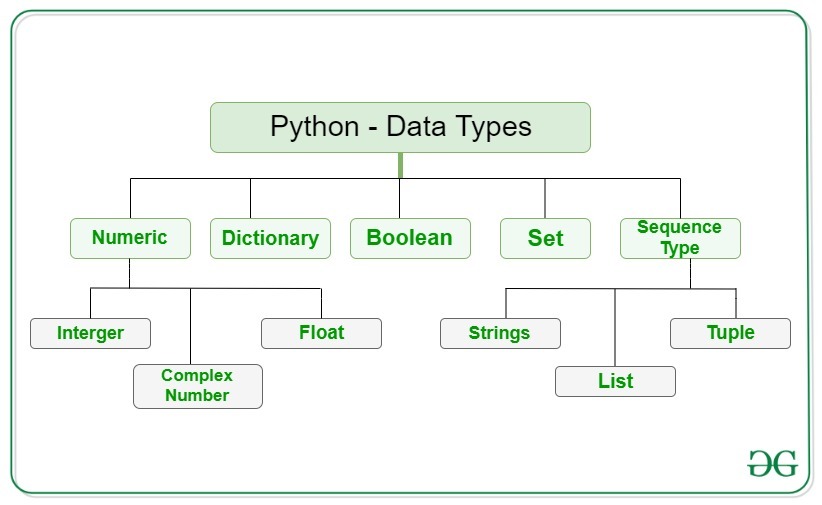This Programming Language Python Tutorial is very well suited for beginners and also for experienced programmers. This specially designed free Python tutorial will help you learn Python programming most efficiently, with all topics from basics to advanced (like Web-scraping, Django, Learning, etc.) with examples.
What is Python?
Python is a high-level, general-purpose, and very popular programming language. Python programming language (latest Python 3) is being used in web development, and Machine Learning applications, along with all cutting-edge technology in Software Industry. Python language is being used by almost all tech-giant companies like – Google, Amazon, Facebook, Instagram, Dropbox, Uber… etc.
Writing your first Python Program to Learn Python Programming
There are two ways you can execute your Python program:
- First, we write a program in a file and run it one time.
- Second, run a code line by line.
Here we provided the latest Python 3 version compiler where you can edit and compile your written code directly with just one click of the RUN Button. So test yourself with Python first exercises.
# Python Program to print Hello Worldprint("Hello World! I Don't Give a Bug") |
Hello World! I Don't Give a Bug
Python Data Types
Python offers, enabling you to manipulate and manage data with precision and flexibility. Additionally, we’ll delve into the dynamic world of data conversion with casting, and then move on to explore the versatile collections Python provides, including lists, tuples, sets, dictionaries, and arrays.

Learn More about Python with diffent Applications:
Python is a versatile and widely-used programming language with a vast ecosystem. Here are some areas where Python is commonly used:
- Web Development: Python is used to build web applications using frameworks like Django, Flask, and Pyramid. These frameworks provide tools and libraries for handling web requests, managing databases, and more.
- Data Science and Machine Learning: Python is popular in data science and machine learning due to libraries like NumPy, pandas, Matplotlib, and scikit-learn. These libraries provide tools for data manipulation, analysis, visualization, and machine learning algorithms.
- Artificial Intelligence and Natural Language Processing: Python is widely used in AI and NLP applications. Libraries like TensorFlow, Keras, PyTorch, and NLTK provide tools for building and training neural networks, processing natural language, and more.
- Game Development: Python can be used for game development using libraries like Pygame and Panda3D. These libraries provide tools for creating 2D and 3D games, handling graphics, and more.
- Desktop Applications: Python can be used to build desktop applications using libraries like Tkinter, PyQt, and wxPython. These libraries provide tools for creating graphical user interfaces (GUIs), handling user input, and more.
- Scripting and Automation: Python is commonly used for scripting and automation tasks due to its simplicity and readability. It can be used to automate repetitive tasks, manage files and directories, and more.
- Web Scraping and Crawling: Python is widely used for web scraping and crawling using libraries like BeautifulSoup and Scrapy. These libraries provide tools for extracting data from websites, parsing HTML and XML, and more.
- Education and Research: Python is commonly used in education and research due to its simplicity and readability. Many universities and research institutions use Python for teaching programming and conducting research in various fields.
- Community and Ecosystem: Python has a large and active community, which contributes to its ecosystem. There are many third-party libraries and frameworks available for various purposes, making Python a versatile language for many applications.
- Cross-Platform: Python is a cross-platform language, which means that Python code can run on different operating systems without modification. This makes it easy to develop and deploy Python applications on different platforms.


No comments:
Post a Comment